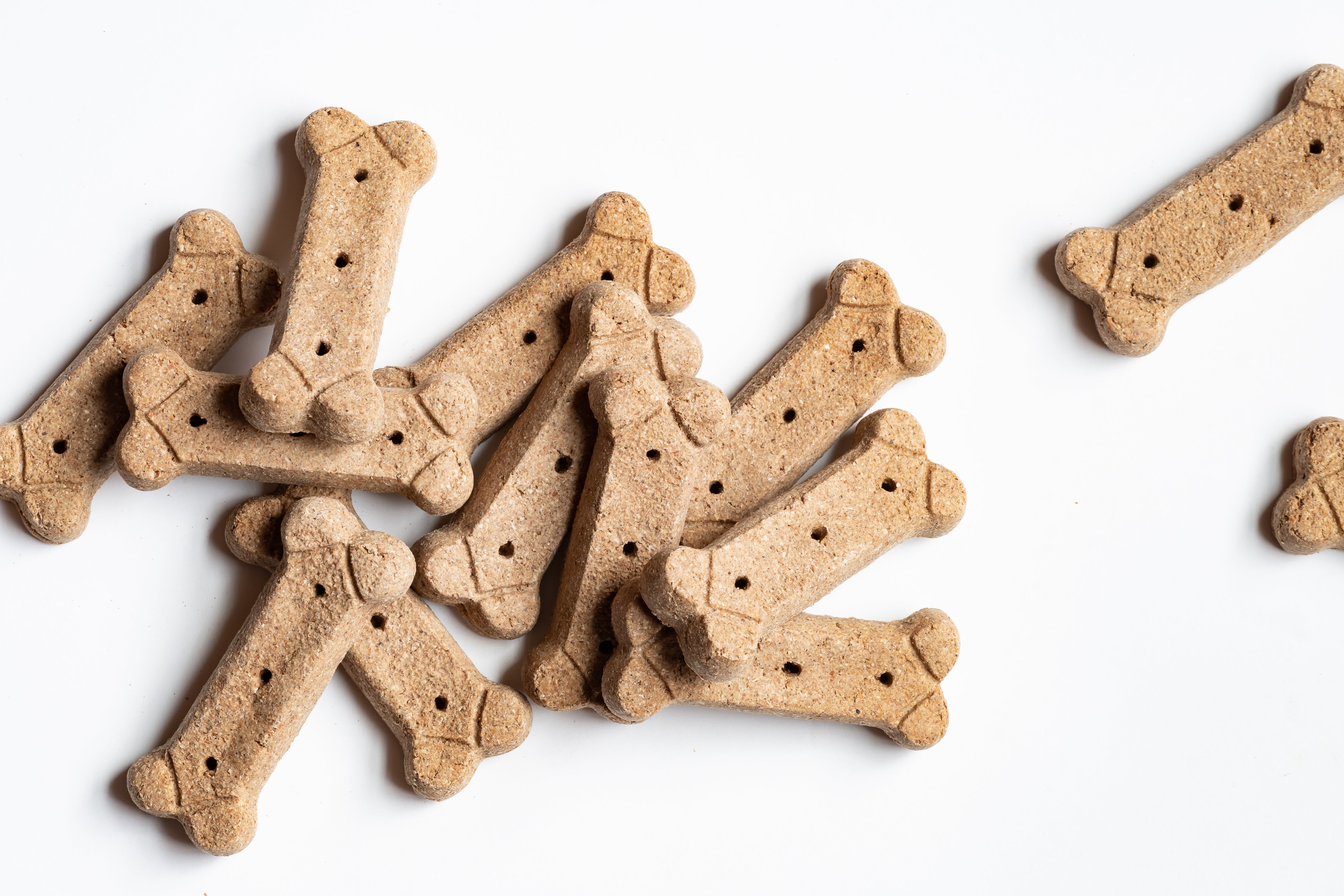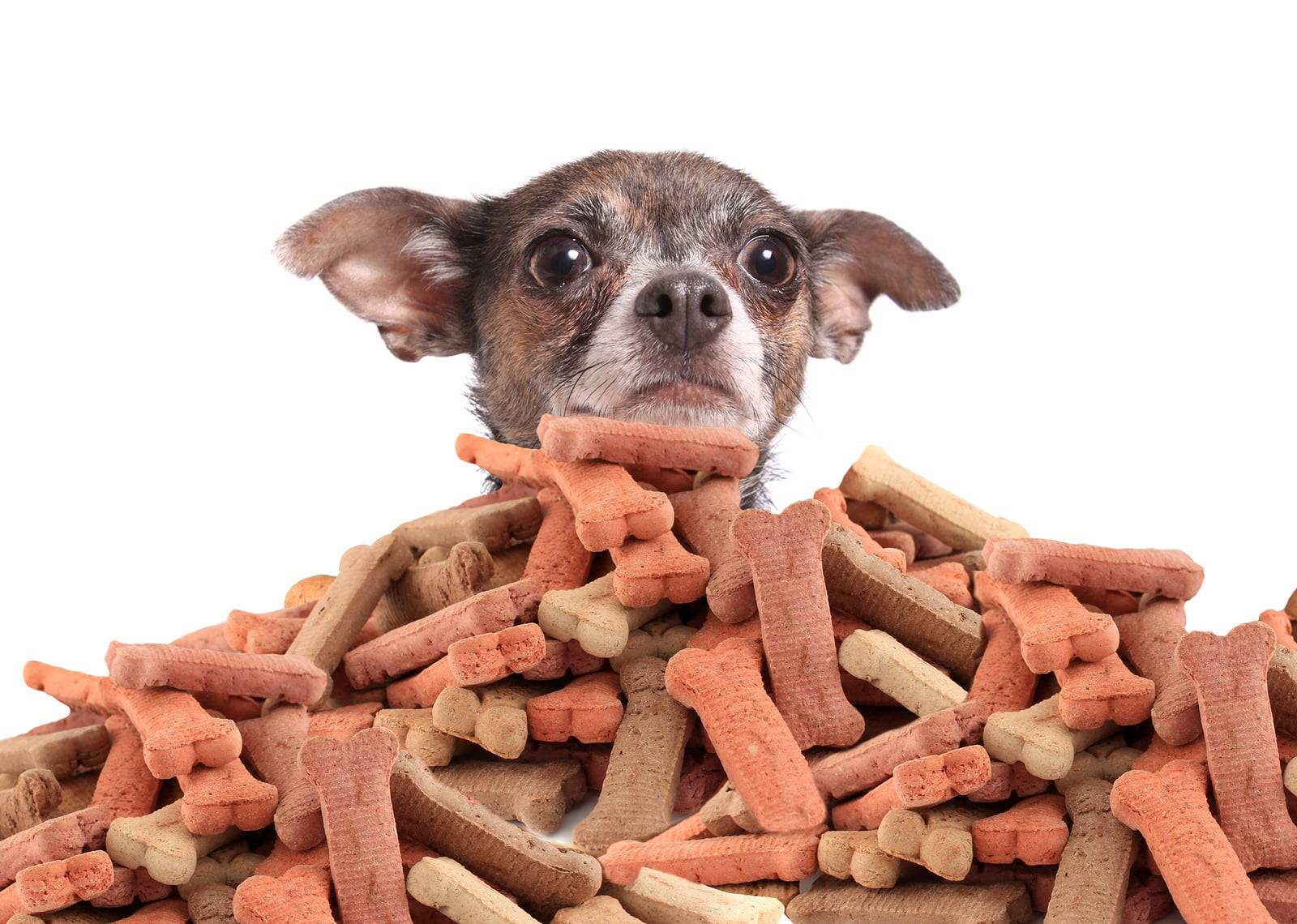Dog treats are a beloved way to show our furry friends how much we care. However, it’s crucial to be aware of the potential dangers lurking within some commercially available treats. This guide will delve into the risks associated with dog treats, providing essential guidelines for selecting safe and healthy options, and exploring alternative ways to reward your canine companion.
Understanding the potential hazards of dog treats is paramount. Certain ingredients, such as artificial sweeteners, preservatives, and toxic substances, can pose serious health risks. By being vigilant about reading ingredient labels and opting for natural and wholesome treats, you can safeguard your dog’s well-being.
Dangerous Dog Treats: An Overview
Dog treats can be a fun and rewarding way to show your furry friend some love. However, not all dog treats are created equal. Some can pose serious health risks to your pet.
The potential dangers of dog treats vary depending on the ingredients used. Some common ingredients to watch out for include:
Artificial Sweeteners
Artificial sweeteners, such as xylitol, can be toxic to dogs. Even small amounts can cause hypoglycemia, seizures, and liver failure.
Preservatives
Preservatives, such as BHA and BHT, have been linked to cancer and other health problems in dogs.
Toxic Substances
Some dog treats may contain toxic substances, such as lead or arsenic. These substances can cause a variety of health problems, including vomiting, diarrhea, and seizures.
In addition to these ingredients, it is also important to be aware of the size and shape of dog treats. Large or hard treats can be a choking hazard, especially for small dogs.
Examples of Dangerous Dog Treats
Some specific dog treats that have been linked to health problems include:
- Jerky treats made in China have been linked to Salmonella and E. coli infections.
- Chicken-flavored treats have been linked to pancreatitis.
- Rawhide treats can be a choking hazard and can also cause digestive problems.
If you are unsure whether or not a dog treat is safe for your pet, it is always best to err on the side of caution and avoid it.
Identifying Safe Dog Treats
Selecting healthy and safe dog treats is crucial for your furry friend’s well-being. Here are some guidelines to help you make informed choices:
Reading Ingredient Labels: Carefully examine the ingredient list to avoid harmful additives like artificial flavors, colors, and preservatives. Look for treats made with natural, wholesome ingredients that you recognize.
Natural and Wholesome Treat Options
Fruits and vegetables are excellent natural treats that provide vitamins, minerals, and fiber. Apple slices, banana chips, and carrot sticks are safe and nutritious options.
Lean meats, such as boiled chicken or turkey, are a great source of protein and can be cut into small pieces for easy consumption.
Homemade Dog Treat Recipes

Homemade dog treats offer a healthier and more cost-effective alternative to store-bought treats. With a few simple ingredients, you can create delicious and nutritious snacks that your dog will love. Here are some easy-to-follow recipes tailored to different dietary needs:
For Puppies
Puppies have sensitive digestive systems, so it’s important to choose treats that are gentle on their stomachs. These peanut butter banana treats are a great option: Ingredients:
- 1 ripe banana, mashed
- 1/2 cup peanut butter (unsalted and sugar-free)
- 1/2 cup whole wheat flour
Instructions:
- Preheat oven to 350°F (175°C).
- Line a baking sheet with parchment paper.
- Combine all ingredients in a bowl and mix well.
- Drop by rounded tablespoons onto the prepared baking sheet.
- Bake for 15-20 minutes, or until golden brown.
- Let cool completely before giving to your puppy.
For Seniors
Senior dogs may have difficulty chewing, so it’s important to choose treats that are soft and easy to digest. These sweet potato and oatmeal treats are a good choice: Ingredients:
- 1 large sweet potato, cooked and mashed
- 1/2 cup rolled oats
- 1/4 cup honey
- 1/4 cup water
Instructions:
- Preheat oven to 350°F (175°C).
- Line a baking sheet with parchment paper.
- Combine all ingredients in a bowl and mix well.
- Drop by rounded tablespoons onto the prepared baking sheet.
- Bake for 15-20 minutes, or until golden brown.
- Let cool completely before giving to your senior dog.
For Dogs with Allergies
If your dog has allergies, it’s important to choose treats that are made with ingredients that they’re not allergic to. These hypoallergenic treats are a good option: Ingredients:
- 1 cup brown rice flour
- 1/2 cup potato starch
- 1/4 cup coconut oil
- 1/4 cup water
Instructions:
- Preheat oven to 350°F (175°C).
- Line a baking sheet with parchment paper.
- Combine all ingredients in a bowl and mix well.
- Drop by rounded tablespoons onto the prepared baking sheet.
- Bake for 15-20 minutes, or until golden brown.
- Let cool completely before giving to your dog with allergies.
Tips for Storing and Preserving Homemade Dog Treats
- Store homemade dog treats in an airtight container in the refrigerator for up to 2 weeks.
- You can also freeze homemade dog treats for up to 2 months.
- To thaw frozen treats, simply place them in the refrigerator overnight.
Feeding Dog Treats Responsibly

Feeding dog treats should be done in moderation to avoid potential health issues and maintain a balanced diet. Overfeeding treats can lead to weight gain, digestive problems, and other complications.
To ensure responsible treat-giving, consider your dog’s size, weight, and activity level. As a general guideline, small dogs may receive a few treats per day, while larger dogs can have slightly more. The treats should be small and low in calories, and should not exceed 10% of the dog’s daily calorie intake.
Monitor Treat Intake
Keep track of the number and size of treats given to your dog. If you notice any changes in weight or behavior, adjust the treat intake accordingly. It’s important to consult with a veterinarian if you have any concerns about your dog’s treat consumption.
Alternative Treat Options
Providing treats is an integral part of dog training and bonding. However, commercial dog treats can often contain harmful ingredients. Exploring alternative ways to reward and treat dogs without using commercial treats is crucial for their health and well-being.Toys, games, and affection can be effective positive reinforcement tools.
Toys stimulate dogs’ minds and provide physical exercise, promoting mental and physical well-being. Games, such as fetch or hide-and-seek, strengthen the bond between owner and dog. Affection, such as petting, cuddling, or verbal praise, is a powerful reward for dogs and reinforces desired behaviors.Non-food
treats offer a healthy alternative to commercial treats. Interactive puzzles and snuffle mats engage dogs’ natural foraging instincts and provide mental stimulation. Puzzle toys require dogs to solve a problem to access a treat or toy, while snuffle mats mimic the activity of foraging for food in the wild.
These non-food treats promote cognitive development and reduce boredom.
Last Recap
Remember, moderation is key when it comes to feeding dog treats. Excessive consumption can lead to weight gain and digestive issues. By following these guidelines, you can ensure that your furry friend enjoys treats responsibly and safely. Additionally, exploring alternative reward options, such as toys, games, or affection, can provide enrichment and strengthen the bond between you and your beloved pet.
Helpful Answers
Can all-natural dog treats still be harmful?
While all-natural dog treats are generally safer than processed treats, it’s still important to check the ingredient list for potential allergens or sensitivities specific to your dog.
How often should I give my dog treats?
Treats should be given sparingly, typically no more than 10% of your dog’s daily calorie intake. Adjust the portion size based on your dog’s size, weight, and activity level.
What are some healthy homemade dog treat options?
Baked sweet potato slices, frozen banana chips, and dehydrated apple slices are all nutritious and easy-to-make homemade dog treats.




